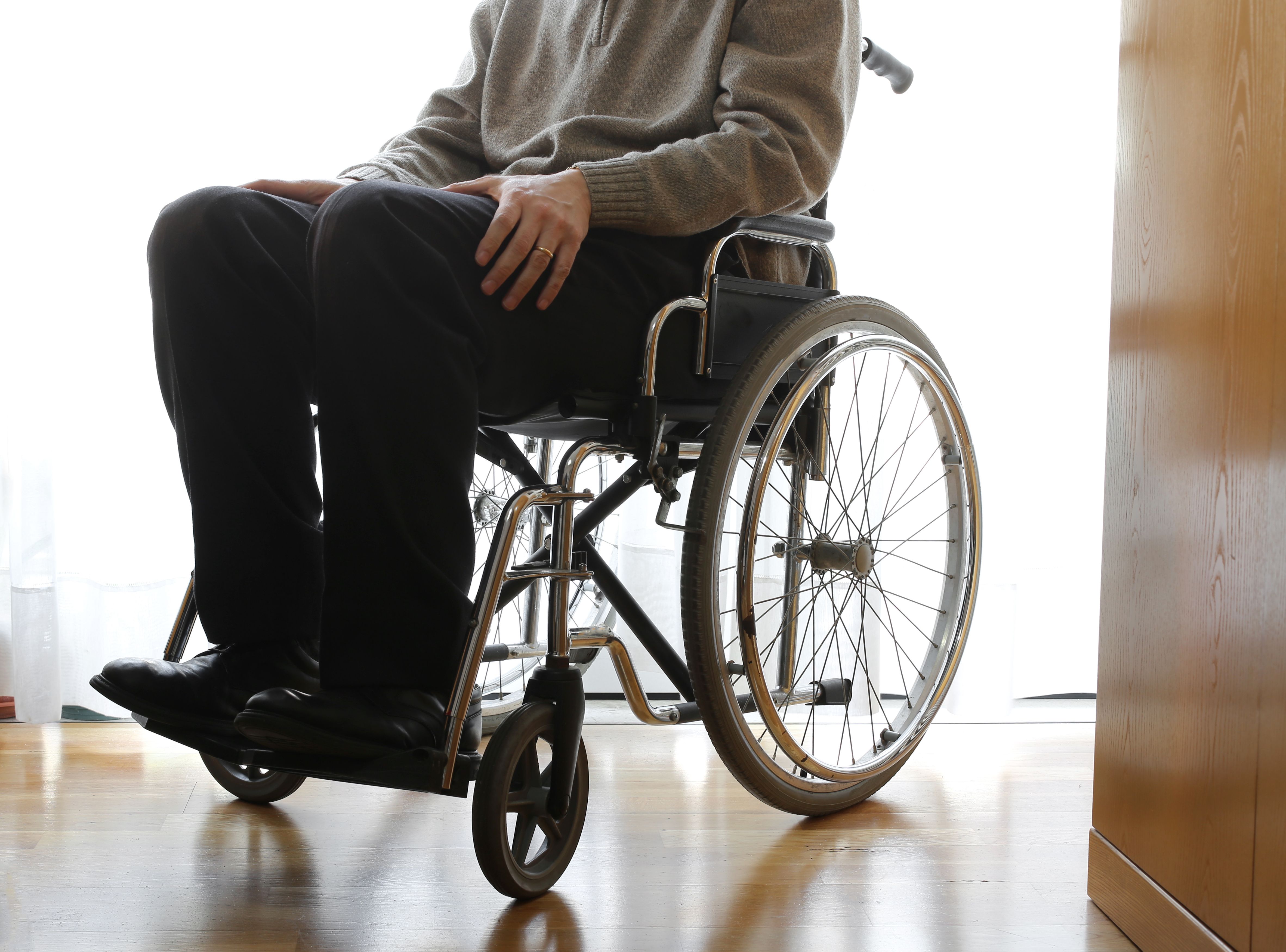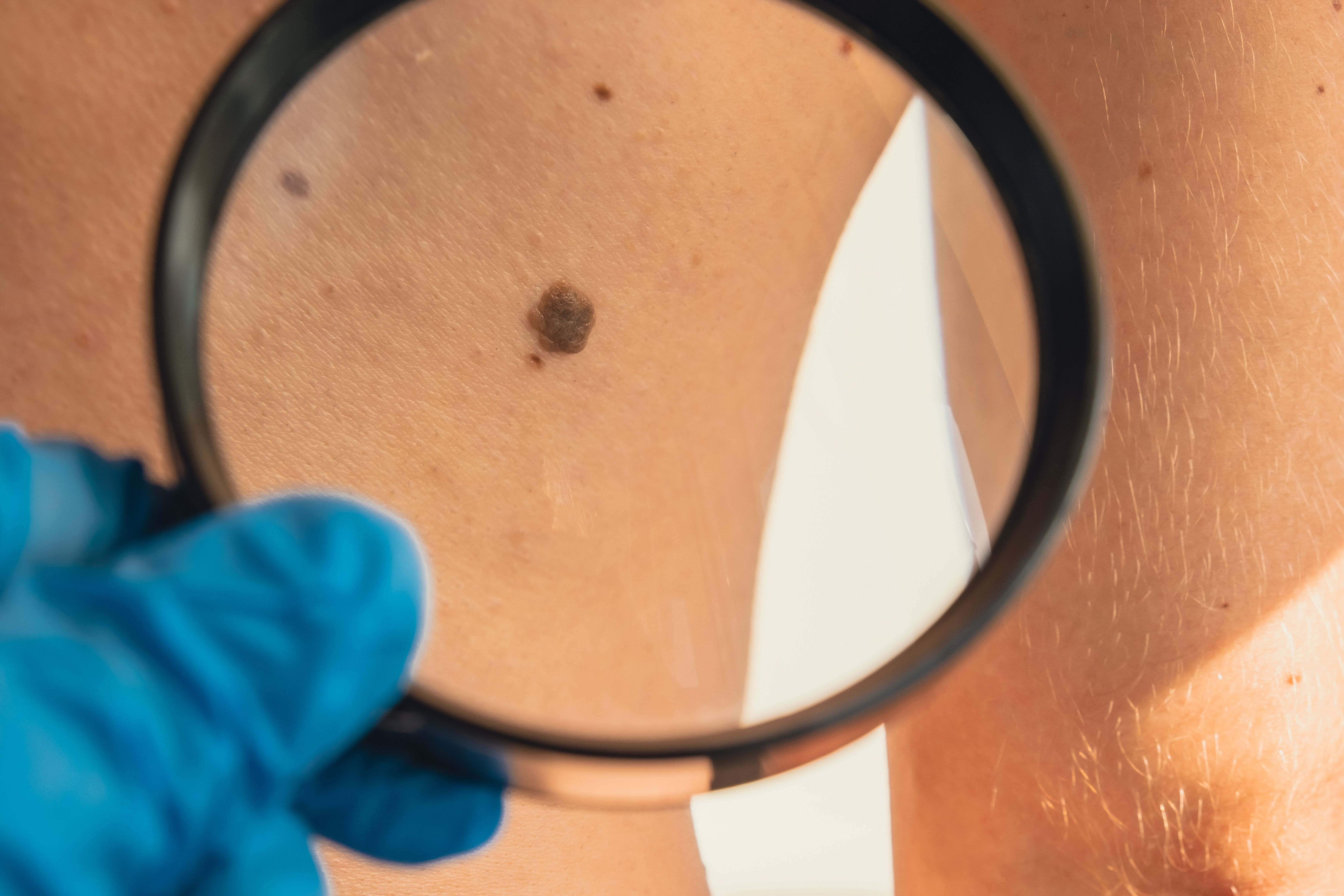News
Article
Inhaled Treprostinil Reduces PH-ILD Hospitalizations, Poster Finds
Author(s):
Key Takeaways
- Inhaled treprostinil (iTRE) reduces hospitalizations in patients with pulmonary hypertension due to interstitial lung disease (PH-ILD).
- The study used a real-world database, comparing iTRE initiators with matched controls, adjusting for baseline comorbidities.
A poster presented at the CHEST 2024 annual meeting shows that inhaled treprostinil (iTRE) reduces hospitalizations in patients with pulmonary hypertension due to interstitial lung disease (PH-ILD).
A poster presented at the CHEST 2024 annual meeting in Boston, Massachusetts, found that using inhaled treprostinil (iTRE) resulted in fewer hospitalizations related to pulmonary hypertension due to interstitial lung disease (PH-ILD).
Inhaled treprostinil (iTRE) reduces hospitalizations in patients with pulmonary hypertension due to interstitial lung disease (PH-ILD). | Image Credit: catinsyrup - stock.adobe.com

iTRE is a vasodilator that relaxes blood vessels and improves blood flow, reducing pulmonary artery pressure and improving oxygenation.1 The FDA approved it in May 2022 to treat pulmonary arterial hypertension and PH-ILD; however, real-world evidence on utilization is needed.
Impact of iTRE on PH-ILD Hospitalizations
The poster analyzed iTRE use among those in the Clinformatics Data Mart Database.2 After identifying iTRE initiators, the researchers matched them with up to 4 controls based on various factors that included sex, race, and having any hospitalizations in the 6 months before their index visit. Patients who used iTRE were indexed on the date of initiation, while controls were indexed on the date of the first-observed PH diagnosis between March 31, 2021, and June 30, 2023.
Also, patients in both cohorts needed to be at least 18 years old on the index date, continuously enrolled for 6 months before the index date, and have 1 inpatient or 2 outpatient medical claims for ILD separated by at least 30 days in the 6 months before the index date; iTRE initiators also needed to have medical claims with a PH diagnosis in the 6-month pre-index period.
Their outcomes of interest were all-cause per-person per-month (PPPM) hospitalizations and intensive care unit (ICU) hospitalizations. After adjusting for baseline comorbidities, they used a repeated measures analysis of variance (ANOVA) to generate adjusted mean values in PPPM hospitalizations.
Through their selection process, the researchers identified 153 patients who initiated iTRE and 380 control patients with PH-ILD. Among the iTRE and control groups, the mean (SD) ages at index were 72.4 (9.1) and 72.9 (9.4) years (P = .57), and the mean follow-up times were 8.0 (6.0) vs 8.7 (7.0) months (P = .24), respectively.
Looking at the pre- vs post-index periods, the mean all-cause PPPM hospitalizations remained the same for patients who initiated iTRE (0.10 [0.13] vs 0.10 [0.18) but significantly increased for the control group (0.15 [0.20] vs 0.36 [0.33]). The severity of hospitalizations as determined by PPPM ICU utilization in the pre- vs post-index periods demonstrated a similar pattern among those who initiated iTRE (mean, 0.06 [0.11] vs 0.07 [0.16]) compared with the control group (0.07 [0.14] vs 0.22 [0.29]).
Additionally, the repeated measures ANOVA controlling for baseline comorbidities found that patients who initiated iTRE experienced significantly fewer PPPM hospitalizations in the post-index period than those in the control group (0.14 vs 0.37; P < .01).
Lastly, when controlling for baseline comorbidities, patients who initiated iTRE had a 35% decreased risk of experiencing any hospitalization in the post-index period compared with the control group (relative risk [RR], 0.65; 95% CI, 0.51-0.83; P < .01).
"Overall, hospitalizations significantly increased in patients with PH-ILD if they remained untreated vs those who received treatment," presenter Steven Cassady, MD, assistant professor at the University of Maryland School of Medicine, said during a rapid fire session. "Using this real-world claims database, utilizing iTRE was associated with fewer all-cause hospitalizations and ICU-related use compared with those who remained untreated."
References
1. Treprostinil oral inhalation. Medline Plus. Updated on April 15, 2023. Accessed October 2, 2024. https://medlineplus.gov/druginfo/meds/a622039.html#:~:text=Treprostinil%20oral%20inhalation%20is%20used,lungs%2C%20and%20improving%20blood%20flow.
2. Cassady SJ, Ramani GV, Wu B, et al. Real-world hospitalization differences in patients with pulmonary hypertension due to interstitial lung disease: initiating inhaled treprostinil vs those who remain untreated. Poster presented at: CHEST Annual Meeting 2024; October 6-9, 2024; Boston, MA. doi:10.1016/j.chest.2024.06.3557




